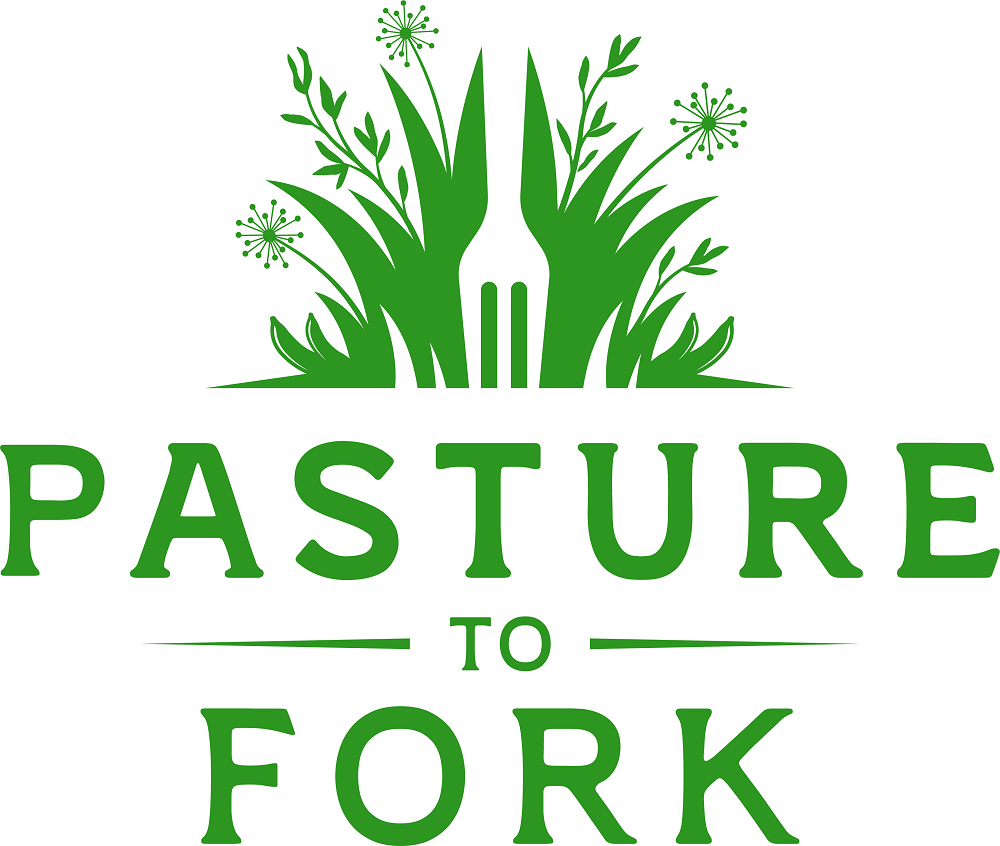Citric Acid on Your Meat, Anyone?
posted on
December 2, 2023
I've been in the regenerative food space for a while. Even so, I still come across food facts that startle me and cause a "how is this not more widely known" reaction.
One of the more recent ones is this; the vast majority of meat on the market in the United States is sprayed with citric acid post-slaughter?
How so?
USDA slaughterhouses must use an anti-microbial to wash down carcasses after slaughter, and the go-to disinfectant is citric acid. While there is allowance made to substitute citric acid with apple cider vinegar, it seems only the smaller more-customer-friendly USDA plants are even interested in using this alternative.
Post-slaughter anti-microbial wash is one thing, but citric acid is not only used at slaughter, most butchers and meat markets also use a citric acid solution on cuts of fresh meat as a color preservative.
This brings us to the question of, what is citric acid? Originally, citric acid was a natural compound made from lemon juice, usually imported from Italy. But proving to be an excellent preservative, this of course was not a reliable or efficient source given the amount of fruit (not to mention cost) required to make a relatively small amount of citric acid.
This led, of course, to the "discovery" of manufactured (synthetic) citric acid, which has no connection to citrus fruit. Having learned skepticism, especially of manufactured foods, I'm suspicious that the manufactured product dubbed citric acid, having no real connection to natural citric acid, is labeled as such to create consumer confidence.
Synthetic citric acid is a manufactured product commonly used as a food preservative or antibacterial, is made from using the black mold Aspergillus niger. This particular strain of black mold is a mutant strain, which is to say it has mutated from its parent stock and is a bit of a wild card.
The mold is then fed sugars which are derived from corn (corn syrup) and unless it is specifically labeled as non-GMO, it is usually made from genetically modified corn. Thus, we have both the mold and the GMO allergens in one neat package.
Yum! Does this sound like something we want sprayed on our foods?
As I mentioned, USDA guidelines allow for the use of apple cider vinegar to replace citric acid, but only for red meat. This means any and all chicken or turkey that is processed USDA, organic or otherwise, is sprayed or soaked in citric acid, which probably accounts for upward of 98% of all chicken consumed in the United States.
This, by the way, is the central substance of the well-known court battle between Miller's Organic Farm and the USDA. Customers of Miller's didn't want citric acid on their meat, which prompted Miller's to undertake their own slaughter and processing, which in turn created a host of problems with the USDA for the Miller family and their employees. At this point Miller's is able to market USDA approved red meat that has been processed with apple cider vinegar, but poultry, because there is not allowable alternative like vinegar, is off-limits for Miller's solely due to the citric acid issue.
While researching for this article and finding what I did about manufactured citric acid being derived from black mold, the question came to mind if perhaps this is the reason why so many mold allergens exist today.
Living in a well-established multi-generational farm community, it has boggled my mind as to why so many of my generation cannot abide in these old stone farmhouses (due to mold), that their parents and grandparents lived in for many years with no problems. Esther and I have asked each other this question many times, why has mold become such a great health challenge today, when it didn't seem to affect previous generations? Is it due to a weakened state of health in the younger generation? Do strains of mold exist that didn't 10, 20, 30 years ago? Maybe some of both, I don't know.
However, I find it plausible that the widespread consumption of a mutant black mold could create an allergen that didn't exist prior to manufactured citric acid. Isn't it reasonable to think that if we constantly eat citric acid (which is in almost all processed foods now) we could become allergic to it? And to other strains of mold in our environment that didn't bother previous generations? Auto-immune reactions in the body are known to behave this way, not being able to determine the difference between the good and the bad (mold, in this case).
While we originally opted out of USDA oversight for reasons other than citric acid, it has become a front and center reason not to seek USDA approval, largely because of an increased awareness of the potential harms of citric acid. The uptick in demand for citric-acid-free beef, pork, and especially chicken is testament enough of this.
Avoiding USDA approval while marketing retail meat puts us at odds with food police, of course. But if we're adamant about avoiding not only GMO's, antibiotics, artificial hormones, and the like during the raising of food animals, why would we allow healthy regeneratively raised meat to be compromised with a hazardous substance after slaughter?
In our view, not allowing questionable substances in the production phase as animal feed is one thing, but it's obviously necessary to eschew it in the butchering and processing phase as well. We reach that objective by using a non-USDA local family-owned butcher whom we have a strong working relationship with, and who shares our values.
If this puts us on the wrong side of the food police, so be it. We don't know otherwise than to maintain our values, and to provide you with food you can trust. And that's The View from the Country.



